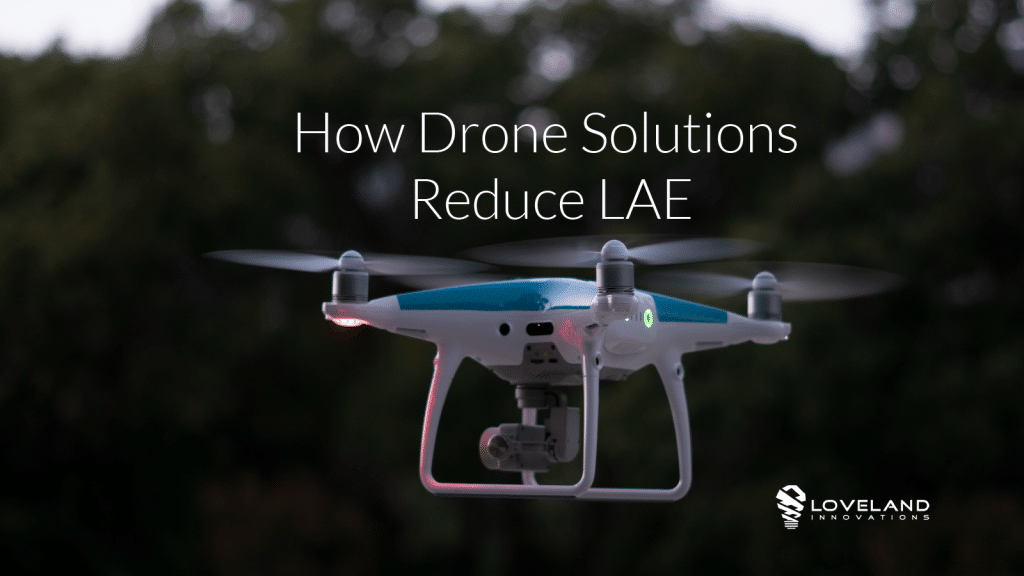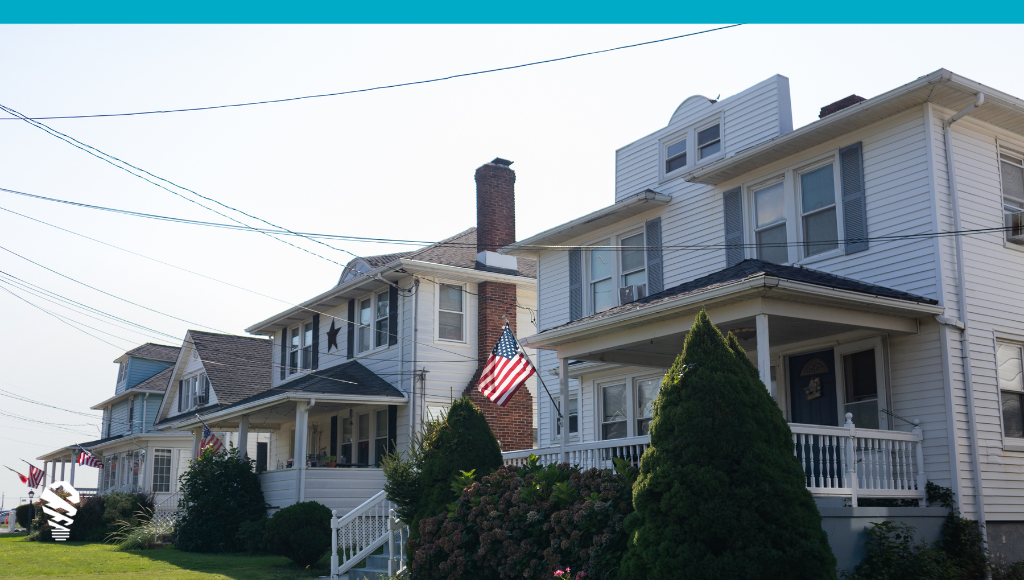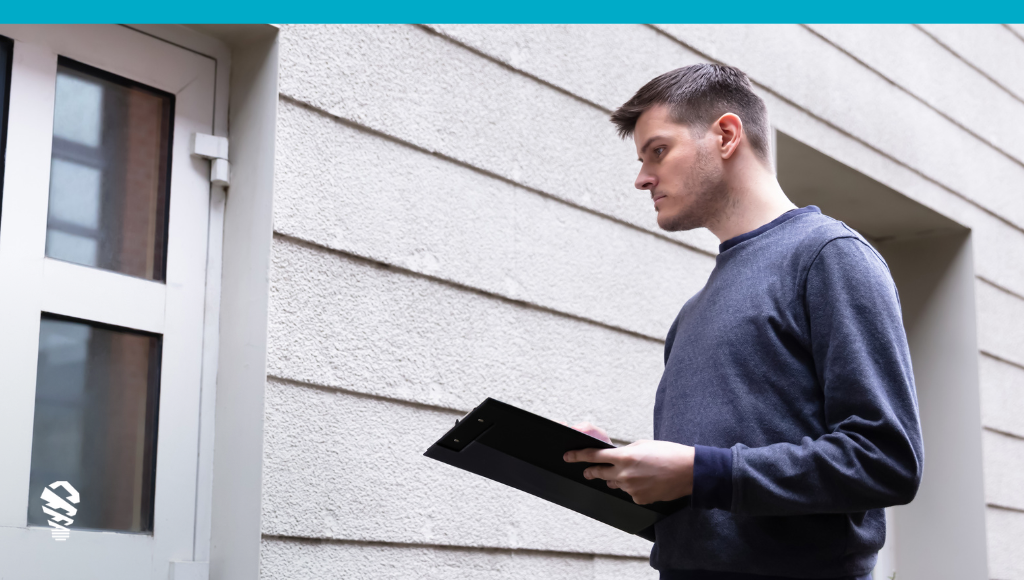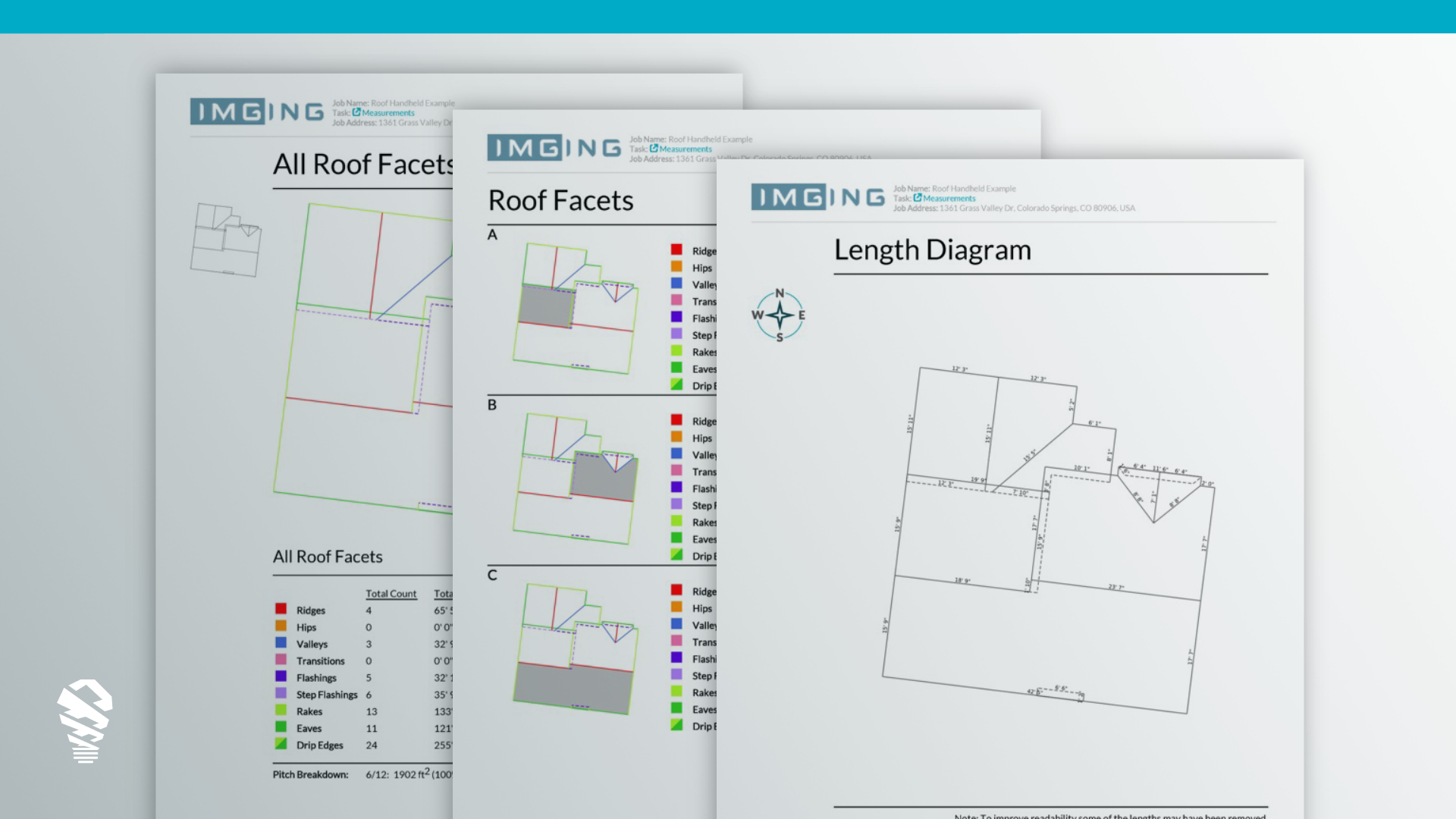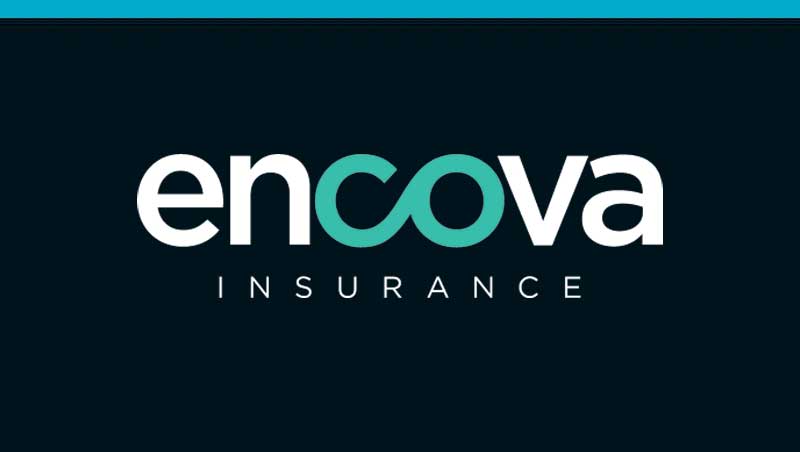Innovative insurance leaders look for technologies that improve efficiencies and give policyholders the excellent service they deserve. Perhaps the hottest solutions on the market today use drones to capture data and streamline insurance workflows.
Many carriers are looking to drone technology for benefits that range from gains in productivity to more consistent data capture, better employee safety, and of course, incredible customer service. Skyward even reports that 92% of companies are getting a positive return on their drone investment within just one year. Though the benefits are clear, many leaders are uncertain about the best ways to add drone solutions to their unique workflows.
In this piece, we’ll outline the two most common ways carriers are adopting drone technologies for claims, as well as the various considerations that come with each.
Develop an In-house Drone Program
Developing your own dedicated drone program is a mid-to-long-term investment that will yield tremendous benefits over time, including improved estimator output, reduced LAE, and better customer satisfaction. While it’s certainly feasible to get a drone program off the ground in as little as thirty days, it may take three to six months depending on the approach. The specifics of any drone program can vary significantly depending on your goals, vendor selection, hardware, and so forth, but carriers will typically develop an in-house program one of two ways:
Launch a Drone Adjusting Team
This approach requires a carrier to outfit their current adjusting force with a drone solution. This will include drone hardware, software, and the training they need to become certified to fly with the Federal Aviation Administration (FAA).
Use a Specialized Team of Pilots
Carriers that wish to focus on a desk adjusting model can stand up a force of certified pilots with the sole task of collecting data to deliver to desk adjusters. This allows your skilled adjusters to focus on completing claims while pilots quickly deliver them the data they need.
Whether you’re adding drone tech to your adjusting force or using dedicated pilots for data gathering, there are some specific things you’ll allocate resources to.
- Hardware
- Subscriptions
- Maintenance
- Training
- Cellular plans
- Drone liability insurance
Outsource Drone Data Capture
The second way to incorporate drone technology into insurance workflows is to use an on-demand drone-based inspection service. Third-party drone pilots can gather claim information and deliver it to you much the way ladder assist companies do, but the imagery and other data you receive is often much more consistent and higher quality. Through some providers, you don’t just receive data, but also gain access to a platform that allows you to view the imagery, measurements, and models, and even take advantage of A.I. and deep learning tools that can automate damage detection. This makes the whole adjustment process much quicker.
A few of the benefits to outsourcing drone-based data capture include:
- The ability to instantly scale your operations without the cost of hardware or training.
- The ability to replace ladder assists with a much higher-quality option.
- A massive increase in safety for field adjusters.
- 20% or more reduction in loss adjustment expenses.
- A quick way to scale up operations without a full drone program.
Since drone-based inspections often use a transactional model, resource allocation is simple. You can shift budget you’ve already allocated for contracted inspections (i.e. ladder assist) to drone inspections because you can usually assume that the costs for each are similar, though you’ll be able to take advantage of higher-quality information, and far better ways to analyze it.
Conclusion
So should you outsource drone pilots or develop an in-house team? Most carriers will use a hybrid of both options. An in-house program can create more efficiency for existing adjusters, while on-demand inspections can help augment workforces when claim demands are high. Whatever the case, there’s a solid option for any carrier wondering how they can advantage of the latest in drone technology.
Want to know more about where drone tech fits? Read our ebook “Adopting Drone Technologies to Streamline Property Insurance Workflows.”

